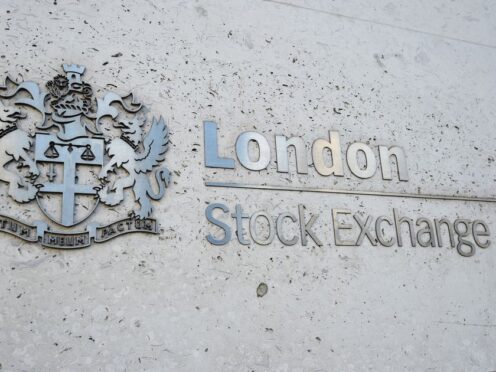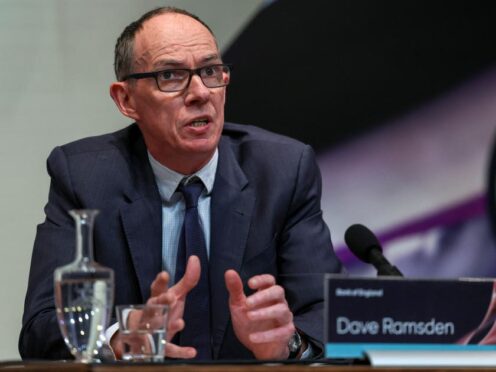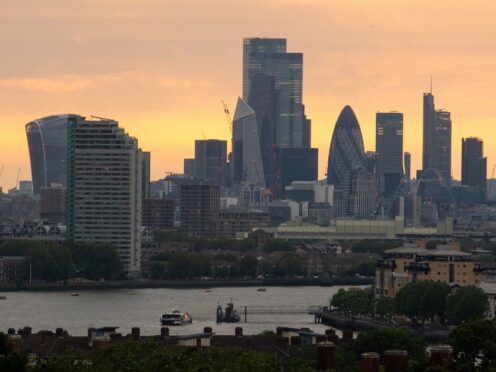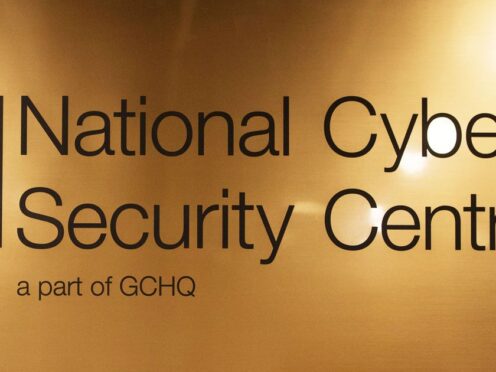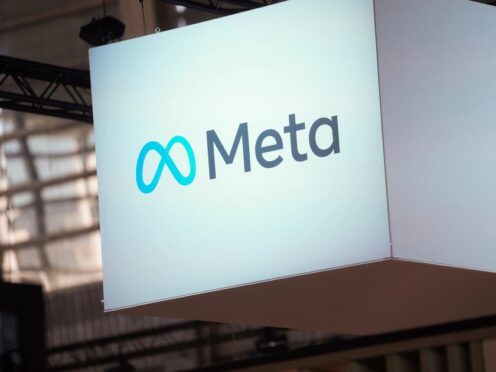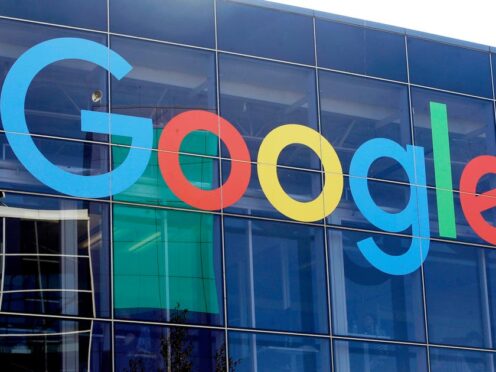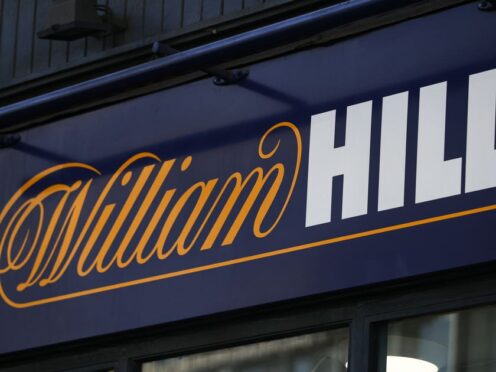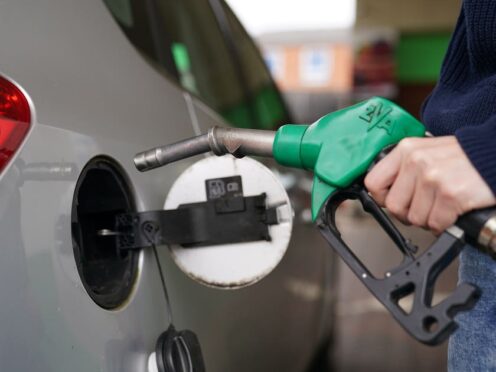Positioning the UK North Sea for a net-zero future will cost more than £430 billion, according to a new report from the Oil and Gas Technology Centre (OGTC) and consultancy Wood Mackenzie.
The reward of creating such an “integrated net-zero energy system” – a mix of oil and gas with other renewable sources – is the creation of 200,000 new UK jobs and £2.5 trillion for the economy by 2050, according to the report, produced with support from operator Chrysaor and the Scottish Government.
However realising this means the industry and governments need to “focus investment at pace in the coming years” to close the gap on a number of key technologies.
This will require £430bn to be spent globally on development, of which around £270bn is expected to be spent in the UK, the report claimed.
Some of the areas highlighted by the OGTC are platform electrification, methane leak detection and flaring mitigation for oil and gas, as well as larger blades, taller towers and automated inspection for fixed offshore wind.
It also refers to improving “blue hydrogen” production (from natural gas) and reducing the cost of “green hydrogen” (via renewables), as well as measures to improve economics of carbon capture and storage (CCS) technology, and power off-take solutions for marine renewables like floating solar.
OGTC chief executive Colette Cohen said: “Reimagining the North Sea as an integrated energy system is essential for the UK and Scotland to achieve their net-zero ambitions. But we need to invest now to close the gap on the key technologies needed to make this ambition a reality.
“Leveraging our strength in oil and gas, we can also partner with the renewables sector to accelerate the delivery of the next generation of energy in the UK – and internationally. This is where governments and industry should focus investment at pace in the coming years.”
business@thecourier.co.uk

